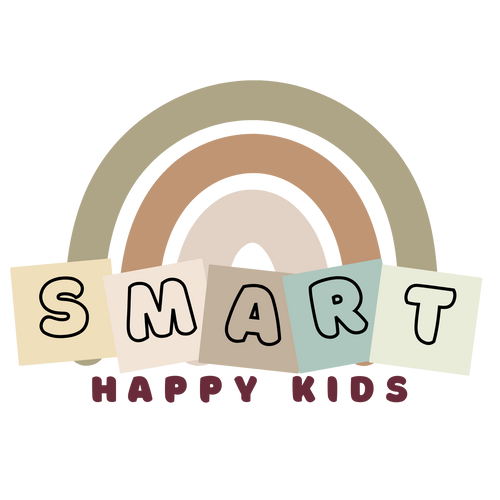What Is the Montessori Method?
So, what is the Montessori method, and why are so many parents around the world excited about it? Wooden toys and tidy shelves are usually the first associations. But it’s not just about that — in fact, it’s not about that at all. Montessori is a whole philosophy centered on respecting the child, supporting their natural curiosity, and learning through hands-on experiences.
In today’s world, full of screens and noise, Montessori teaching principles bring education back to natural, sensory-based roots — and it truly works. Let us show you how.
Who Was Maria Montessori?
Maria Montessori became Italy’s first woman doctor and a pioneering educator. In the early 1900s, she worked with children and observed that they learn best when they are interested, free to move, and treated with respect.
Back in 1907, she set up her very first “Casa dei Bambini” (Children’s House) in a Rome neighborhood, where she introduced her teaching method. Her approach quickly gained international recognition and remains one of the most effective systems for early childhood education.
What Is the Montessori Method?
Think learning has to mean sitting still and memorizing things? Not in the Montessori world! The Montessori method allows kids to be kids — curious, active, and full of questions. It’s a fun, hands-on approach where learning happens naturally through child-led learning.
In a Montessori setting, everything is designed just for little explorers: open shelves, real tools, and amazing Montessori learning materials they can touch, try, and figure out on their own. No pressure, no rush — every child moves at their own pace.
Instead of repeating facts, kids use all their senses — they feel, listen, stack, pour, and build. That’s sensory-based learning, and it leads to real understanding. It’s also a great example of holistic education, as it supports not only the brain but also emotions, movement, and social skills.
What are the biggest benefits of the Montessori method? Confident, independent kids who love to learn and explore. Montessori helps children grow not just smarter, but happier — and that’s what matters.

Montessori Teaching Principles
So, we place the child at the center of learning, not the other way around. That’s why the Montessori approach is built on simple but powerful principles:
- Respect for the child: Adults don’t control — they support, listen, and trust.
- Learning through action: Children learn through experience, using Montessori boards, stacking pyramids, and other simple objects designed for their developmental stage.
- Independence: Children choose what to do and learn to solve tasks on their own.
- Practical life skills: Real-life tasks — getting dressed, cleaning, setting the table — are an essential part of learning.
- Prepared environment: The space should be safe, organized, and beautiful to spark curiosity.
Children stay focused, explore with joy, and grow confidently.
Montessori Learning Materials and Tools
Montessori materials aren’t just toys — they’re carefully designed tools that help kids focus on developing one skill at a time through hands-on exploration and practice.
One of the most helpful tools is the Montessori board. These boards feature buttons, laces, knobs, and other elements that little hands can press, twist, and manipulate. They’re great for building fine motor skills, improving focus, and encouraging logical thinking. Plus, they’re made from natural wood and painted with safe, non-toxic materials.
Other popular Montessori tools include stacking toys, pouring sets, and Montessori math toys that introduce numbers and sizes in a fun, sensory way. You can explore a full range of these Montessori-inspired materials for the youngest at https://www.montessoriboard.com/.

What Age Is Montessori for?
Montessori is not just for little kids. Most commonly, it’s used from birth to 6 years old, but its principles work well for school-age children and even teenagers. Research shows that children who experience Montessori education early on tend to perform better in learning, social skills, and emotional self-regulation.
The method adapts to each child’s needs at every stage — from developing fine motor skills to mastering math and more complex subjects.
Final Thoughts: Is Montessori Right for You?
The benefits of Montessori are clear. You can enroll your child in a specialized Montessori school, or you can bring the approach home by using the Montessori method of teaching materials — like quality sensory tools — to support your child’s natural curiosity and growth.
Montessori is about trust, observation, and creating the right environment for natural development. If you value freedom, curiosity, and meaningful learning, give Montessori a try — no need to wait for a special school. Start simply at home with the right materials and watch your child thrive.

